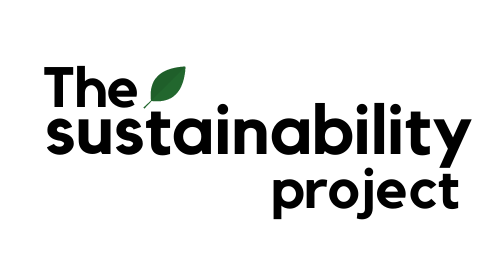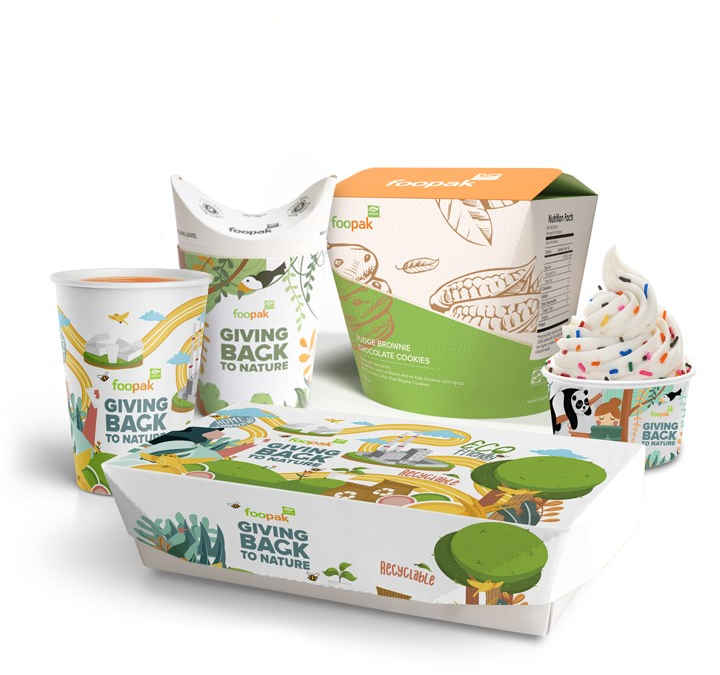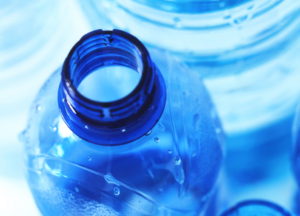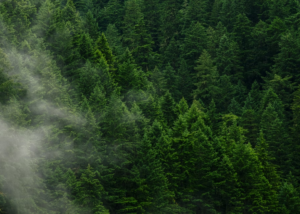Packaging is found everywhere you look – in your shopping trolleys, your cupboards, your delivered parcels, and so much more. It is no surprise then, given the massive amounts of plastic and non-natural materials used to make these packaging, how it causes environmental problems, such as pollution. However, despite the cause for concern, don’t worry, all hope is not lost.
Consumers and companies alike have started moving away from using plastic-based food packaging and towards eco-friendly alternatives. And by eco-friendly alternatives, we are referring to packaging made from natural, often biodegradable materials like wood pulp and other plant sources.
Why is packaging so important? Well, the primary purpose of packaging is to contain and protect whatever it carries. As consumers become more eco-conscious of plastics and their harmful impacts, they become more intentional about the choices they make. It is now understood that eco-friendly alternatives are equally effective at accomplishing the purpose of packaging.
So what is the issue and the harmful impact of plastic packaging? The most common type of plastic being used to make packaging is polyethylene, which comes in various types.
Drink bottles are usually made from the common and most widely recycled plastic resins – polyethylene terephthalate. Although it is widely believed that plastic is recyclable, and it is, the sad truth is that most of it ends up in a landfill or the ocean. It is clear that plastic consumption comes with its fair share of negative impacts. But so does plastic production. They are designed with the intention of it being single-use. However, the level of greenhouse gas emissions associated with the production does not justify this.
It is time to change how we impact the environment and shift towards a systemic change to stop the flow of plastic waste ending up in the environment. One way to do this is to opt for sustainable alternatives!
When you make a deliberate switch, you are making the choice to keep the environment clean and healthy. Eco-friendly or sustainable packaging uses manufacturing techniques and non-plastics which reduce the harmful effects on the environment.
Here are some benefits of making the switch!
1. Directly Lowers The Carbon Footprint
Carbon footprint refers to the level of carbon dioxide emitted into the atmosphere when consuming fossil fuels. Beyond business reasons, eco-friendly packaging made from recycled products greatly reduces the carbon footprint it creates.
Natural materials such as bamboo actually draw carbon out of the environment. Hence, packaging made from it also reduces carbon footprints. If your business is looking to go carbon neutral, this is the way to go.
A rising trend is that conscious consumers are checking for the carbon footprint of products before deciding to purchase something.
If you are a business that makes that switch, it shows the willingness to make ecologically sound choices and helps you fulfil your corporate responsibility. Eco-conscious customers will respond positively to this and your brand’s appeal will increase in their eyes.
.
2. Protects You Against Allergen & Toxins
Most plastic is made from non-sustainable petrochemical resources such as crude oil, which is incredibly harmful to the environment. It goes through an intensive manufacturing process and lifespan which includes extraction, refinement, distribution, use and disposal.
Through this process, numerous toxins are released into the environment. Also, substances such as phthalates, dioxins and more are present in such packaging. It can cause allergic reactions, especially for those who are eczema-prone. Moreover, even after all the processing, it still produces harmful chemicals when it degrades.
On the other hand, eco-friendly packaging has none of these issues. With increasing concerns surrounding the nature of packaging material and its effect on consumers’ health, changing to eco-friendly packaging helps consumers rest easy knowing that the packaging is allergen and toxin-free. Eco-friendly, biodegradable options are also affordable and easy to implement since most of them can run on similar machines with traditional packaging materials. These packages do not show harmful traits throughout their lifespan and as it degrades. It is also a great food packaging option, since it addresses the concern of non-toxic food consumption.
3. Environmentally-free Disposal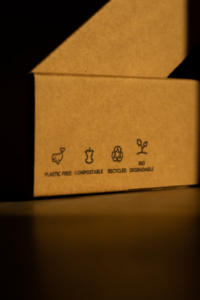
In terms of disposal, eco-friendly packaging is also more practical. It is easier to throw biodegradable packaging away into the trash without feeling guilty, but it is so much more than just that. Disposing of normal packaging is always done at the risk of them ending up in landfills, and perpetuating land pollution. This can discourage your customers from buying your brand.
Eco-friendly packaging, on the other hand, allows customers to purchase without environmental anxiety. Even though the type of packaging may vary, they should all be either compostable or recyclable. For those with compost facilities, they can turn their waste packaging into compost and re-purpose them. For those which are labelled as recyclable, they can be tossed into the recycling bin.
Since eco-friendly packaging is biodegradable, it remains useful even after it has served its purpose. Hence, its lifespan actually increases, the need for new materials is lowered and the carbon footprint is reduced.
Choose Sustainability With Asia Pulp and Paper (APP) Sinar Mas
Asia Pulp and Paper (APP) Sinar Mas, with their Foopak Bio Natura Food Packaging, is revolutionising sustainable food packaging today. It is recyclable and compostable at both industrial composting facilities and consumer homes. Made with innovative and revolutionary aqua dispersion technology, it has replaced traditional petroleum-based plastic coating, which is harmful to the environment. This change makes the Bio Natura Food Packaging fully sustainable and home-compostable within 24 weeks.
This product from Asia Pulp and Paper can meet more than consumers’ expectations due to 2 major reasons. It conforms to the stringent food safety requirements for food contact and addresses plastic waste concerns. OWS Belgium’s testing on food packaging concluded that Asia Pulp and Paper’s Bio Natural food packaging naturally breaks down to carbon dioxide, water, and biomass.
This is in stark contrast to the traditional plastic-coated materials, which take hundreds of years to decompose. The certification for Asia Pulp and Paper‘s Foopak Bio Natura Food Packaging also goes beyond complying with home compostable testing by OWS Belgium. It has been certified with Plastic-Free Certification by Flustix, which makes the product plastic-free compliant. With the impressive list of certifications behind its name, Foopak Bio Natura is part of Asia Pulp and Paper’s suite of post-consumer recyclable food packaging products.
According to National Geographic, a colossal 91% of plastic is not being recycled, and 79% ends up at dumpsites and landfills. This is made more shocking because of its impact on soil pollution. As a solution to this, Asia Pulp and Paper’s Foopak Bio Natura aims to create change. Their goal is to replace more than 4 million metric tons of single-use paper cups and lunch boxes along with 3.1 million tons of plastic and foam worldwide.
Their products use only certified wood sources, high-temperature resistance, and strong edge wick to replace the plastic lining in the food service industry, with sustainability being a top priority for Asia Pulp And Paper. Contact Asia Pulp & Paper today and find the solution to meet all your food packaging needs, all while protecting the earth.
Our plastic problem isn’t going away quickly. Still, as businesses and consumers make that deliberate decision to switch from plastic-based packaging to eco-friendly ones with the benefits mentioned above in mind, we are pushed in the right direction of sustainability for the future.
